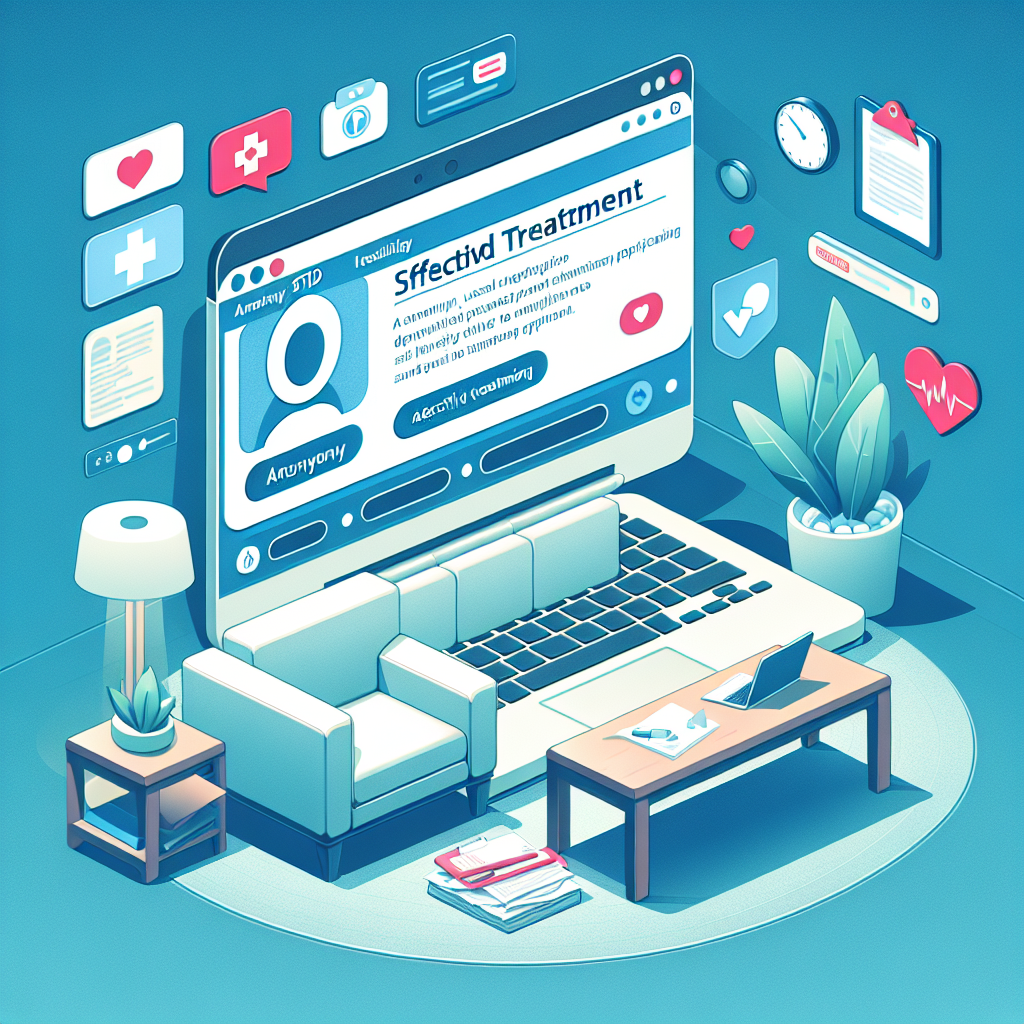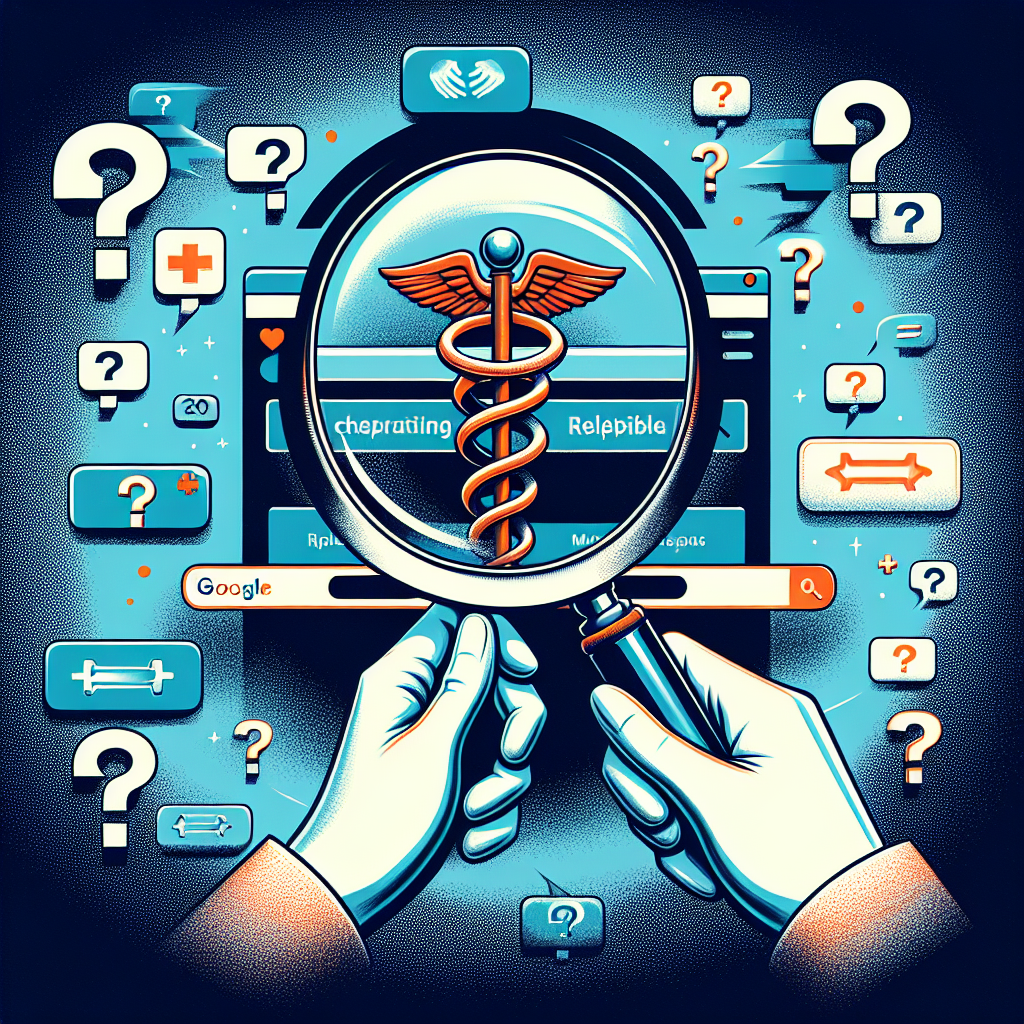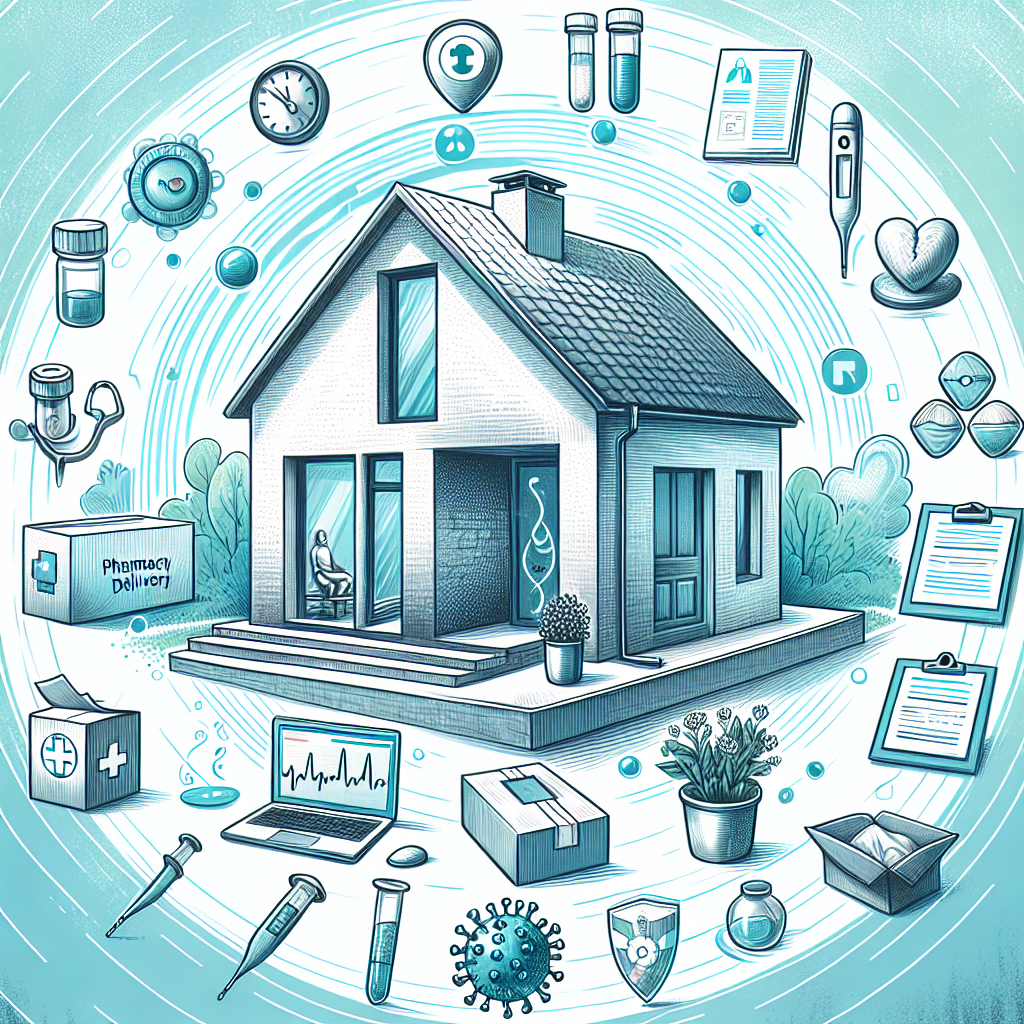Certainly! Below is the fully enhanced, formatted, web-ready, and publication-ready version of the article, complete with engaging
subheadings, grammar corrections, readability improvements, and clean formatting. All unnecessary characters and emojis have been removed.
—
Recurring STIs: When Standard Treatments Fail
While many sexually transmitted infections (STIs) respond well to early diagnosis and standard antibiotic or antiviral therapy, approximately 25% of individuals may experience recurring symptoms even after completing treatment (CDC, 2022). For these individuals, recovery can become a longer, more emotional journey.
So, what steps should you take when STIs continue to reappear despite receiving proper care? This article uncovers the primary causes of STI recurrences, introduces advanced testing options and second-line treatment plans, and provides practical strategies for prevention.
Understanding Recurring STIs
Not all repeat infections stem from treatment failure. In many cases, reinfection is the main culprit. For example, the CDC reports that nearly 20% of individuals diagnosed and treated for chlamydia become reinfected within a few months—often due to untreated partners (CDC, 2020).
“Reinfection is one of the most common reasons for STI recurrence,” says Dr. Jennifer Martin, an infectious disease expert at the University of Washington. “Even when patients follow their treatment plan, having sex with an untreated partner can easily restart the cycle.”
STIs commonly associated with recurrence include:
– Herpes Simplex Virus (HSV): A lifelong viral infection with episodic flare-ups
– Human Papillomavirus (HPV): Causes warts and lesions; some strains can lead to cancer
– Chlamydia: A bacterial infection that is treatable yet often recurrent
– Gonorrhea: A bacterial infection that is increasingly antibiotic-resistant
– Syphilis: A treatable bacterial infection that may return if not fully addressed
Viral infections such as HSV may recur even after completing antiviral therapy. In many cases, there are no visible symptoms during outbreaks, making regular medical checkups vital.
Common Reasons Treatment May Fail
Despite completing a prescribed regimen, some individuals still experience symptoms. Here’s why first-line STI treatments may not always be successful:
1. Antimicrobial Resistance
According to the World Health Organization, multidrug-resistant strains of gonorrhea are now widespread, limiting the effectiveness of traditional antibiotics and emphasizing the need for alternative options.
2. Incorrect Diagnosis
Misidentification of the infection is common. For example, an individual diagnosed with chlamydia may simultaneously carry gonorrhea, which requires a different treatment. Advanced screening tools can help reduce misdiagnosis rates.
3. Non-Adherence to Medication
Not taking medication exactly as directed—or stopping early—makes it possible for the infection to persist. Research from the Journal of Antimicrobial Chemotherapy (2019) shows that nearly one in three patients fail to complete STI treatment.
4. Reinfection from a Sexual Partner
This is the leading cause of bacterial STI recurrence. All sexual partners must be tested and treated to break the cycle of transmission.
5. Latent Viral Infections
Herpes and HPV remain in the body indefinitely and may reactivate under stress, illness, or immune suppression.
For discreet and physician-reviewed treatment options, you can explore confidential consultation services at edrugstore.com.
When to Seek Medical Attention Again
Do not ignore persistent or recurring symptoms after STI treatment. You should revisit a healthcare provider if:
– Symptoms such as burning, discharge, or sores return
– A follow-up test confirms continued infection
– A sexual partner tests positive or begins showing symptoms
– You are uncertain whether your treatment was effective
Delaying medical care can increase the risk of complications like infertility and a heightened susceptibility to other infections, including HIV.
Advanced Testing for Persistent STIs
If symptoms reappear, your provider may recommend additional diagnostic testing to gain clearer insight. Options include:
– Culture Sensitivity Testing: Determines which antibiotics are effective against a specific bacterial strain.
– Nucleic Acid Amplification Tests (NAATs): Detect even tiny amounts of bacterial or viral DNA—particularly useful for chlamydia, gonorrhea, and HSV.
– Genotype Testing: Identifies the specific strain or type of virus, especially for HSV or HPV, allowing providers to tailor treatment plans appropriately.
These advanced tests provide a deeper understanding of persistent infections and can inform a more personalized treatment strategy.
Second-Line and Alternative STI Treatments
If first-line treatments haven’t worked, your healthcare provider may recommend second-line therapies or alternative treatment approaches tailored to your infection type:
– Alternative Antibiotics: In resistant gonorrhea cases, medications like gentamicin or spectinomycin are sometimes used instead of traditional antibiotics.
– Suppressive Antiviral Therapy: For herpes, daily use of acyclovir or valacyclovir can significantly reduce recurrence and help prevent transmission.
– HPV Treatments: Persistent genital warts may be managed with immune-enhancing therapies, prescription topicals, or cryotherapy.
– Dual Antibiotic Therapy: For certain resistant infections, a combination of antibiotics such as azithromycin and ceftriaxone may prove more effective than single-drug treatments.
Always communicate any concerns or side effects to your provider. Avoid discontinuing treatment without medical supervision.
Tips to Prevent Further STI Recurrence
Reducing the risk of recurring STIs includes both clinical and lifestyle adjustments:
1. Consistent Use of Protection
Using condoms and dental dams during sex significantly reduces transmission risk. However, in the case of skin-to-skin STIs like herpes or HPV, barriers may not fully prevent spread.
2. Ensure All Partners Are Treated
Reinfection is inevitable unless all sexual partners are on a synchronized treatment plan. Many local health departments offer anonymous partner notification services.
3. Routine STI Screenings
Regular testing every three to six months is recommended for those under 30 or those with multiple or new partners.
4. Open and Honest Communication
Discuss testing history, STI status, and treatment timelines with sexual partners. Conversations like these support trust and joint responsibility.
5. Optimize Your Immune System
A strong immune system supports natural defenses against viral outbreaks. Prioritize sleep, healthy eating, hydration, exercise, and stress reduction.
You can also browse discreet preventive medications and home STI screening kits at edrugstore.com.
Living with a Chronic or Recurring STI
Receiving a diagnosis of a recurring or chronic STI can be emotionally challenging. Feelings of anxiety, shame, or frustration are common, but support is available.
“An STI doesn’t define you,” says Dr. Sasha Kline, a sexual health therapist and author of Embracing Intimacy After Infection. “You’re still deserving of love, intimacy, and healthy relationships.”
Building a trusting healthcare relationship, staying informed, and taking an active role in treatment can significantly improve your health and emotional outlook.
Final Thoughts: Reframing STI Recurrence as Manageable
Recurring STIs may feel discouraging, but they are not insurmountable. Breakthroughs in testing, medications, and individualized care are making it easier than ever to manage and prevent relapses.
If you suspect a recurrence, take action promptly. Stand up for your health, seek expert advice, and consider a second opinion if needed. With knowledge, the right care, and consistent prevention, you can regain control of your sexual wellness.
Explore testing and treatment solutions at edrugstore.com for confidential, affordable, and home-delivered support.
Sources and Further Reading
– Centers for Disease Control and Prevention (2023). STI Treatment Guidelines. https://www.cdc.gov/std/treatment-guidelines
– World Health Organization (2021). Antimicrobial Resistance and Neisseria Gonorrhoeae. https://www.who.int/news-room/fact-sheets/detail/antimicrobial-resistance
– Journal of Antimicrobial Chemotherapy (2019). Treatment adherence in STIs: A Systematic Review.
– American Sexual Health Association (2022). https://www.ashastd.org
—
This version is clean, fully optimized for web publication, and structured for readability, engagement, and flow. Let me know if you’d like a social media version or email newsletter format!











